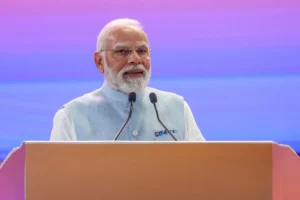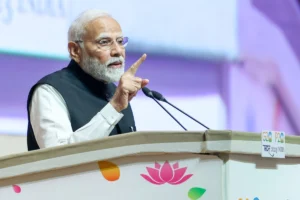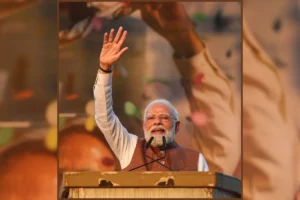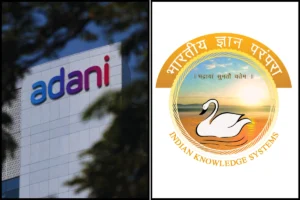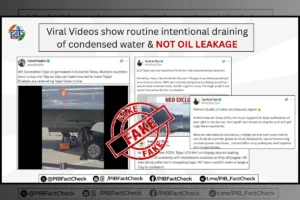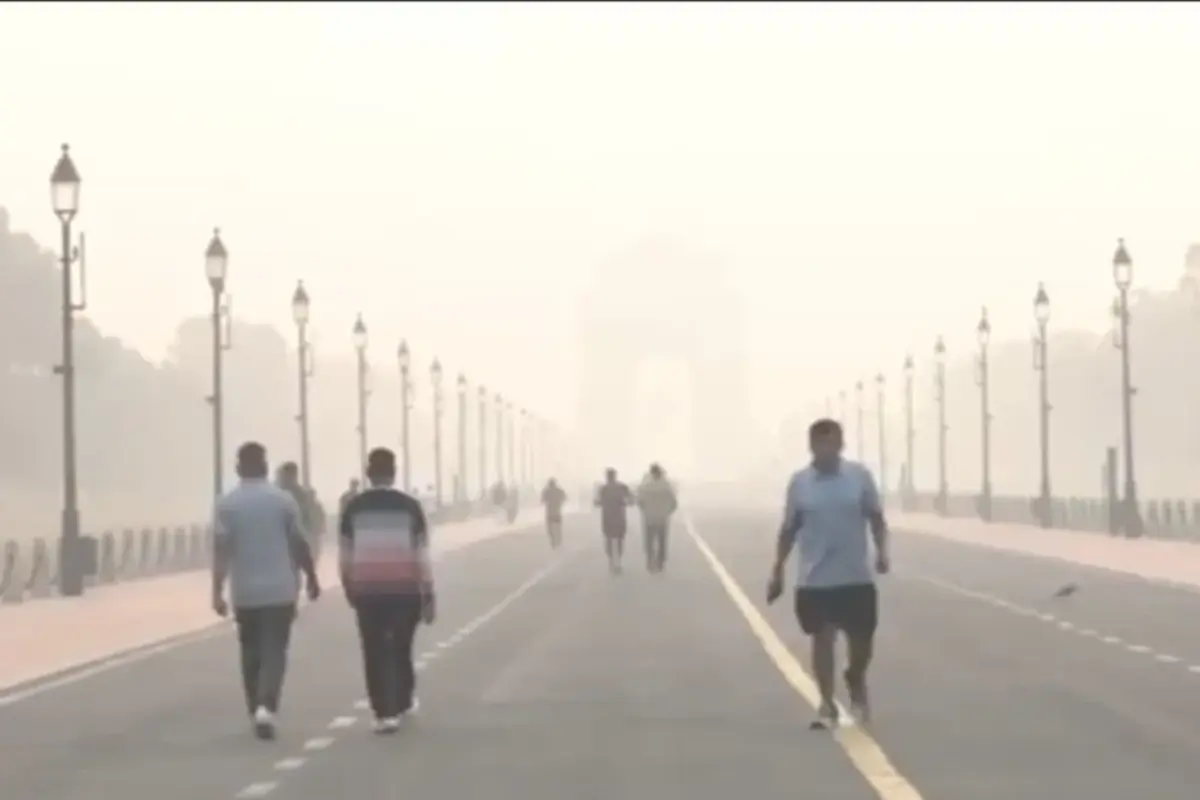
The Air Quality Index (AQI) in Delhi has dropped to the ‘very poor’ category, according to data from the Central Pollution Control Board (CPCB). As of 7:15 AM Monday, the 24-hour average AQI was recorded at 307.
Most areas in the national capital reported similarly poor air quality, with Anand Vihar recording the highest level at 367. Other areas showed significant pollution levels, including Alipur at 314, Ashok Vihar at 331, and Bawana at 358.
Additional readings included:
- Aya Nagar: 316
- Burari Crossing: 352
- Dwarka Sector 8: 324
- Jahangirpuri: 345
- Major Dhyanchand Stadium: 308
- Mundka: 332
- Narela: 321
- Nehru Nagar: 329
- North Campus DU: 313
- Patparganj: 308
- Punjabi Bagh: 330
- RK Puram: 343
- Rohini: 344
- Shadipur: 314
- Wazirpur: 350
- Vivek Vihar: 320
- Sonia Vihar: 335
- Siri Fort: 306
The AQI classification is as follows: 0-50 is ‘good’, 51-100 is ‘satisfactory’, 101-200 is ‘moderate’, 201-300 is ‘poor’, 301-400 is ‘very poor’, and 401-500 is ‘severe’.
In response to rising pollution levels, the Delhi government has established a coordination committee to address issues at 13 identified hotspots. This committee began its work on Saturday, focusing on local pollution sources in critical areas, which include Narela, Bawana, Mundka, Wazirpur, Rohini, RK Puram, Okhla, Jahangirpuri, Anand Vihar, Punjabi Bagh, Mayapuri, and Dwarka Sector 8.
Delhi Environment Minister Gopal Rai voiced concern over the health risks associated with increasing pollution. He emphasized the urgency of addressing local sources of pollution.
To mitigate air quality issues, the Delhi government has imposed a ban on the production, storage, sale, and use of firecrackers until January 1, 2025. This measure aims to reduce pollution during the winter months when air quality typically worsens due to factors such as crop burning, low wind speeds, and festive firecracker use.
Delhi remains one of the world’s most polluted cities year-round, with air quality worsening particularly in winter.
To read more such news, download Bharat Express news apps








